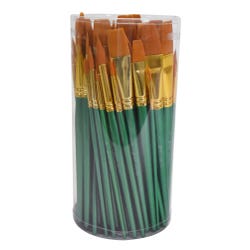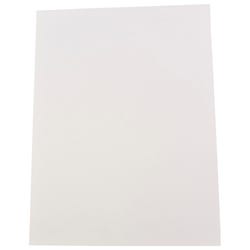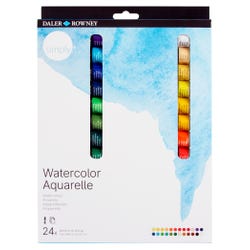Watercolor Techniques

Description
Lesson Plan and Artwork by Joe Culotta
It’s defined simply as “pigments suspended in a water-based solution”, yet, the art technique of watercolor painting has an extraordinary ability to visually express the effects of shifting light and color – and has engaged painters for centuries. One of the advantages of watercolor is its immediacy – It invites a direct and spontaneous response to a subject. Watercolor has the capacity to convey excitement with speed and economy of line.
Objectives
- Explore the watercolor medium and its ability as a vehicle for a spontaneous response to a subject.
- Study the history of watercolor.
- Learn the terminology and techniques of watercolor such as wet-to-wet, dry brush, and wet-on-dry, including washes and color blending.
Supplies Needed
Simply® Watercolor Paint, 0.4 oz, Set of 24
Sax® Optimum Golden Taklon Short Handle Brushes, Flats & Rounds
Sax® Watercolor Paper Ream 12 x 18 in, Ream
Standards
Standard #1: Generate and conceptualize artistic ideas and work.
Standard #3: Refine and complete artistic work.
Standard #7: Perceive and analyze artistic work.
Standard #9: Apply criteria to evaluate artistic work.
Instructions
1
Use sketchbook ideas, landscape opportunities, or still life to create a finished watercolor painting.
2
Before starting the watercolor painting, use artist tape to secure the watercolor paper to a flat board then lightly sketch the subject that will be painted.
3
Lay in the background with a flat watercolor brush using the wet-to-wet technique.
4
Continue the painting by layering color using wet-on-dry or dry brush techniques.
5
When complete have students explain the techniques they used to create their finished piece.





